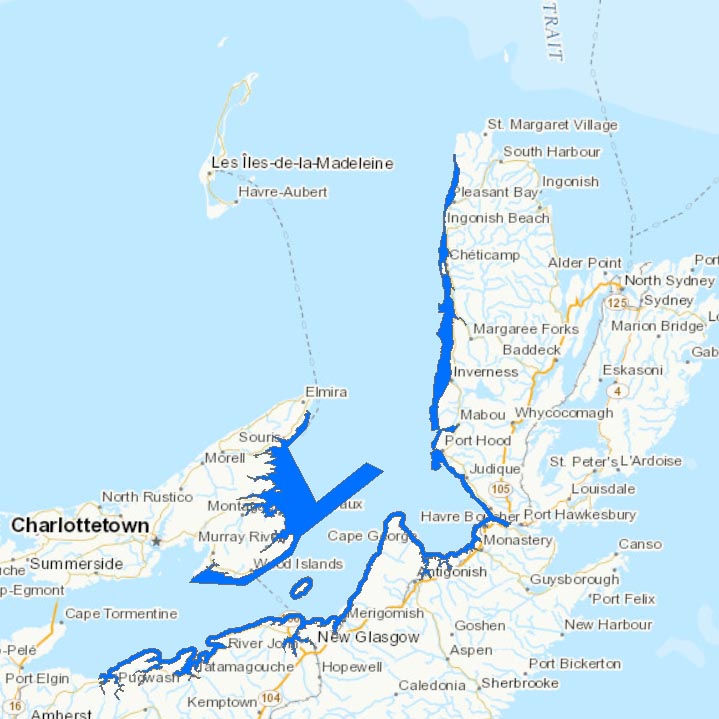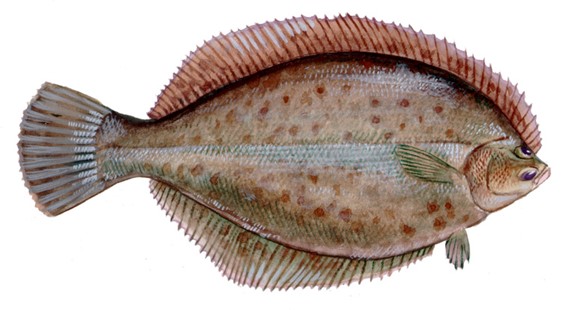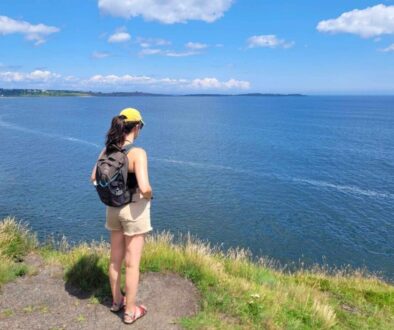Protecting the Marine Refuges of the Northumberland Strait

Last December, the Nova Scotia government released the draft Terms of Reference for an Environmental Assessment for Northern Pulp’s new effluent treatment facility at Abercrombie Point, on Pictou Harbour (link to website). This proposal caught my attention because it involves disposing of treated effluent directly into the ocean. My first thoughts when scanning the document were to look for any reference to the Marine Refuges on the Northumberland Strait – but disappointingly they weren’t mentioned, not even once.
So what are Marine Refuges? Marine Refuges are a type of protected area that aim to protect sensitive benthic ecosystems by limiting certain types of fishing activities. They’re not the same as marine protected areas (MPAs), which prohibit other activities, so they’re known as Other Effective area-based Conservation Measures (OECMs).
Why are Marine Refuges important? Well, they protect sites of high conservation significance, such as the coastal waters along Nova Scotia’s North Shore. The important nursery habitat for juvenile lobster found in these nearshore waters, from the sea at the tip of Cape Breton to the coastlines of New Brunswick and PEI, has supported local fisheries for generations. The area is also home to several other ecologically significant species, including giant scallops and winter flounder. The Marine Refuges help protect the local fishery by ensuring destructive industrial practices are not allowed to occur here.
It was disappointing that Marine Refuges weren’t specifically mentioned in the draft Terms of Reference. If they are not included, they cannot be part of the analyses. The project proposes dumping treated effluent into the nearshore waters, which are critical lobster habitat within a Marine Refuge. The Environmental Assessment should therefore evaluate the risk of this proposed Undertaking to the Marine Refuge, so it is hugely important that this is laid out in the final version of the Terms of Reference.

CPAWS-NS prepared a written submission during the public consultation period and we made it very clear that Marine Refuges must be considered within the Terms of Reference. The final version of the Terms of Reference was released by the Nova Scotia government on March 14th, and thankfully, it was modified to include the Marine Refuges. This is very important as it means that the potential impacts of the project on the Marine Refuges must now be considered by the Proponent and in the government’s decision on the Undertaking.
This is also a key step towards implementing minimum standards for marine protected areas. The government of Canada announced minimum standards to ensure strong protections for sensitive marine ecosystems back in 2019. These minimum standards provide a good foundation for protected areas by prohibiting the most harmful activities – bottom trawling, mining, oil and gas activity, and dumping – all of which are banned within new marine protected areas and on a case-by-case basis within Marine Refuges.
I’m very pleased to see dumping recognized and evaluated as a threat within a Marine Refuge. By addressing the threat of dumping, Marine Refuges can provide stronger protections for important marine life. So while there is still lots of work to be done here, it’s a step in the right direction for stronger protections.
Going forward, CPAWS-NS is going to continue to ramp up our conservation work within these Marine Refuges and we will be working to ensure that they are not negatively impacted by industrial activities, including dumping.
Stay tuned for more updates!
Reanne

